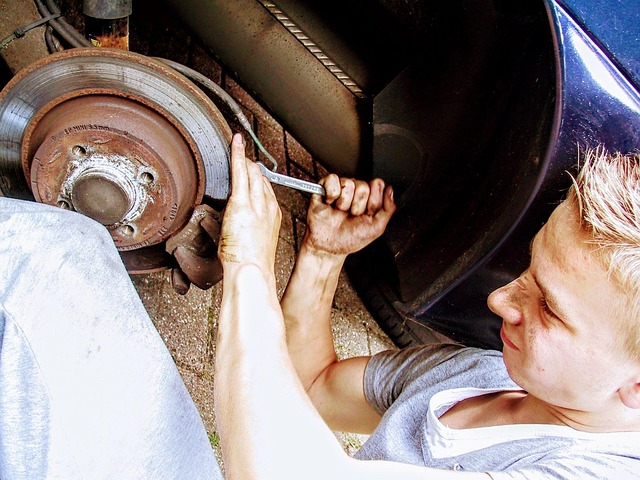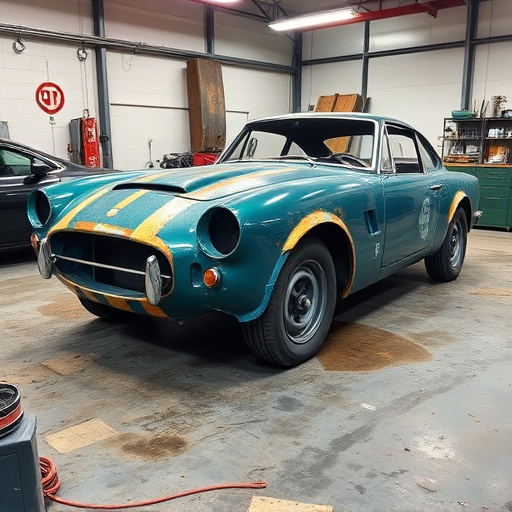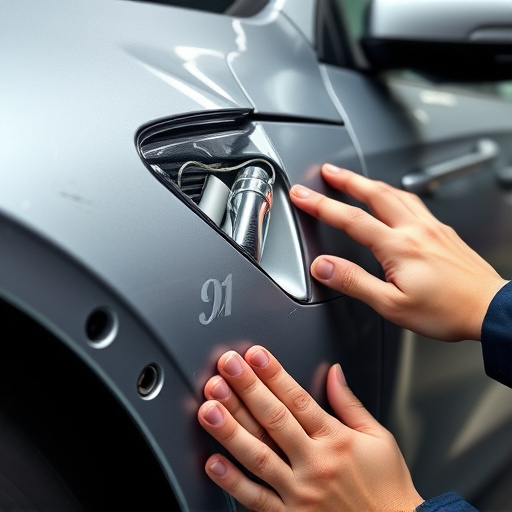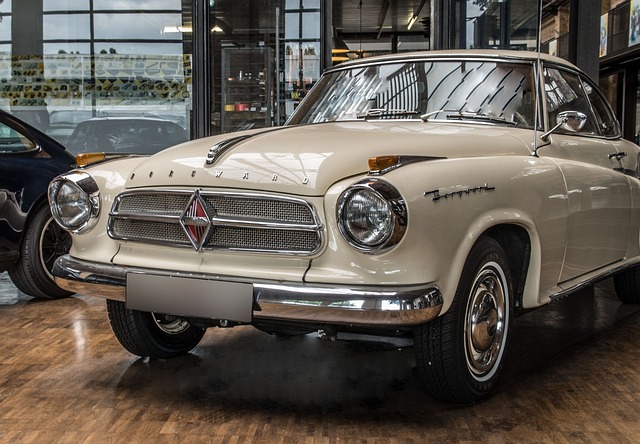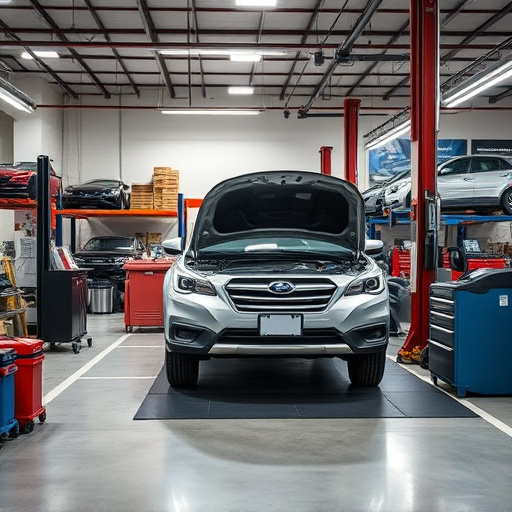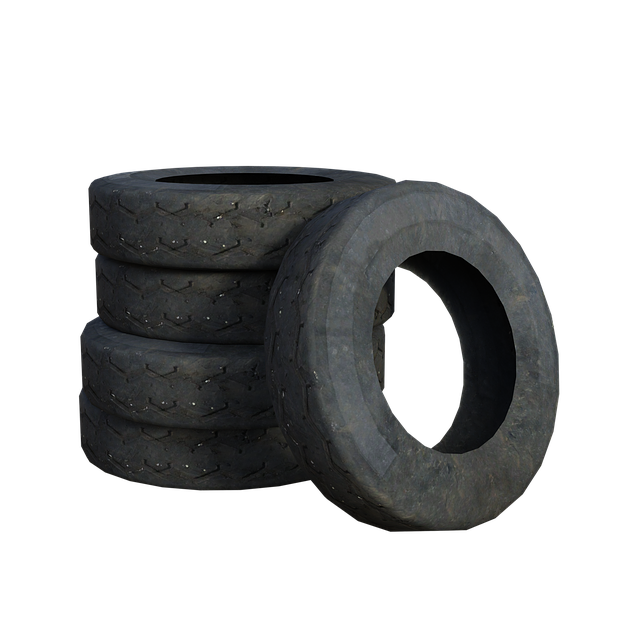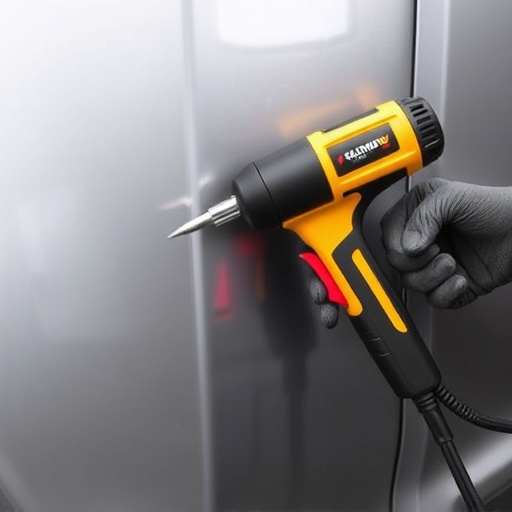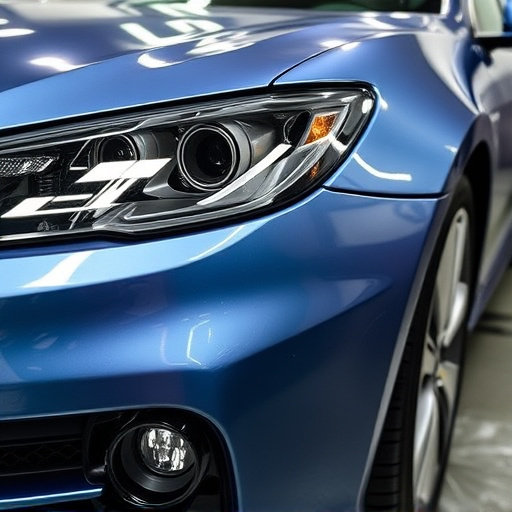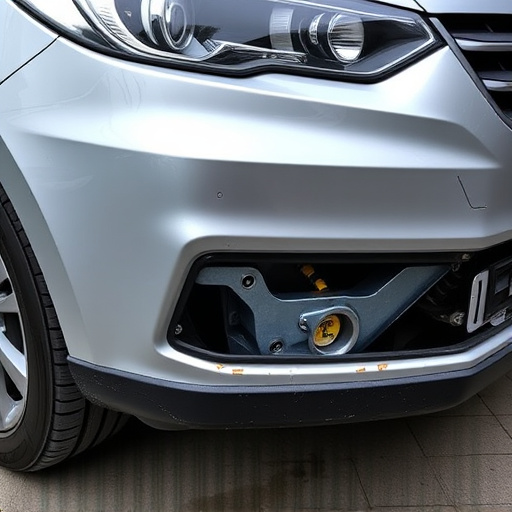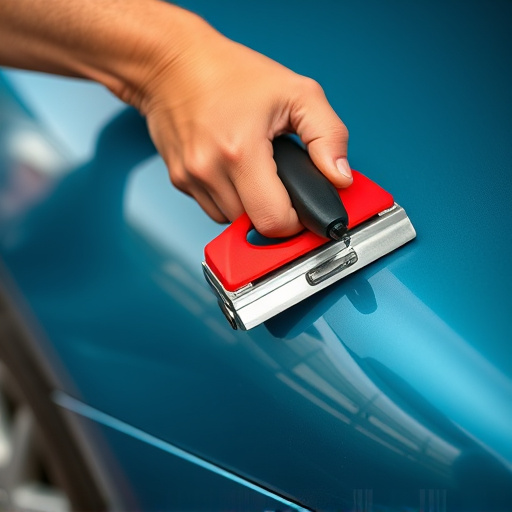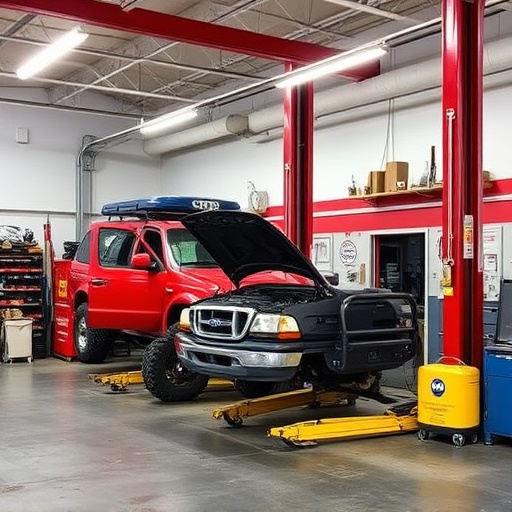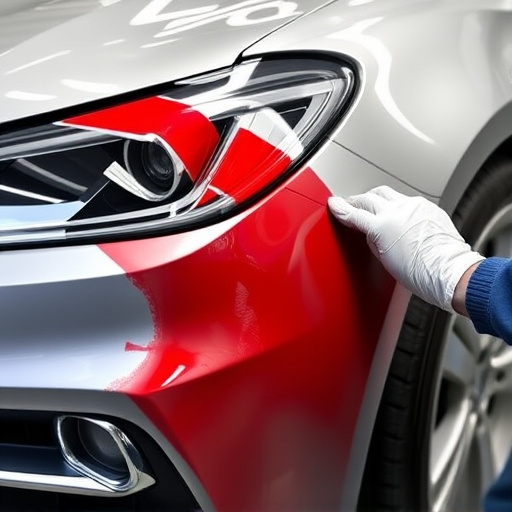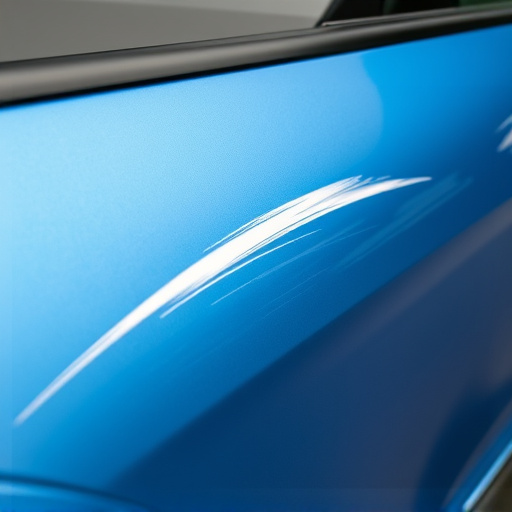Tesla Model S front end repair for Active Aero Component (AAC) issues requires specialized services. It involves computer-aided measurements, 3D scanning, and skilled technicians to restore aesthetics and functionality seamlessly. Begin with a thorough inspection, use high-quality paint services, and obtain correct model-specific parts. Strict ESD precautions, safety gear, and comprehensive training are essential due to the vehicle's electric nature.
“Experience seamless performance and style with your Tesla Model S by tackling active aero component issues head-on. This comprehensive guide delves into the intricate world of Tesla Model S front end repair, equipping you with the knowledge for a successful DIY endeavor. From identifying common problems to following a detailed step-by-step process, we’ll navigate through the essentials. Prepare to enhance your vehicle’s aesthetics and aerodynamics while ensuring optimal safety during the repair process.”
- Understanding Tesla Model S Active Aero Component Issues
- Step-by-Step Front End Repair Process
- Parts, Tools & Safety Precautions for the Job
Understanding Tesla Model S Active Aero Component Issues
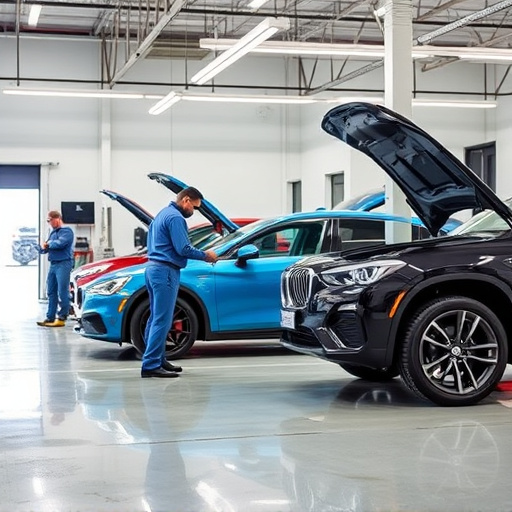
The Tesla Model S, known for its sleek design and cutting-edge technology, can encounter unique challenges when it comes to auto body repairs, especially with its innovative Active Aero Component (AAC) system. AAC is a dynamic feature designed to enhance aerodynamics by adjusting front end components at high speeds. While this technology offers improved performance, it also presents specific repair considerations. When issues arise, such as component misalignment or damaged panels due to improper adjustment, specialized Tesla Model S front end repair services are required.
Understanding the intricate nature of these problems is crucial for effective repairs. Auto body specialists need to address not just visible dents or scratches but also ensure precise adjustments to the AAC system. This may involve sophisticated techniques like computer-aided measurements and 3D scanning to accurately assess and rectify any misalignments, ensuring both the safety and performance of the vehicle. A well-executed Tesla Model S front end repair, considering these unique challenges, can bring the car back to its classic car restoration glory, seamlessly blending form and function.
Step-by-Step Front End Repair Process
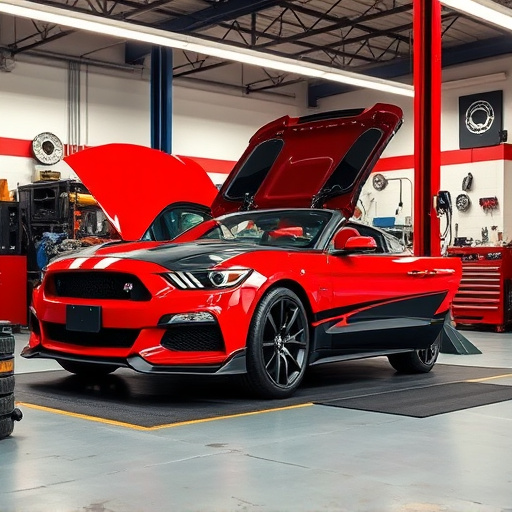
When addressing Tesla Model S front end repair for active aero component issues, a systematic approach is crucial. Begin by thoroughly inspecting the affected area to identify specific components requiring attention. This may involve checking for dents, scratches, or damage to the front bumper, fenders, and surrounding panels. Utilise high-quality car paint services to match the original finish precisely, ensuring seamless integration with your vehicle’s existing aesthetics.
The repair process unfolds in meticulous steps. First, remove any loose debris or damaged parts. Next, employ professional dent removal techniques to restore the affected panels to their original shape and contour. Once prepared, meticulously prep the surface for painting by cleaning, sanding, and applying primer. This foundational layer is vital for achieving a durable, long-lasting finish. Following this, carefully apply the chosen automotive repair services paint color, ensuring even coverage and a smooth texture. Allow adequate drying time before reinstating any removed components, completing the Tesla Model S front end repair with precision and care.
Parts, Tools & Safety Precautions for the Job
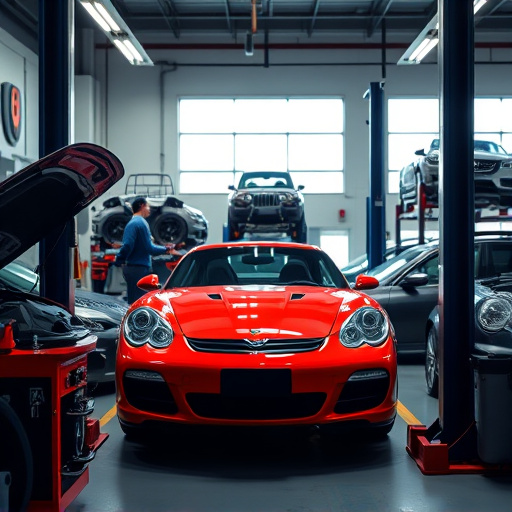
When undertaking a Tesla Model S front end repair for Active Aero Component (AAC) issues, having the right parts is paramount. This includes replacement components specifically designed to fit your Model S model year and trim. Ensure you source genuine Tesla or high-quality aftermarket parts from reputable suppliers to guarantee compatibility and durability.
Safety should never be compromised during any vehicle repair. For a Tesla Model S front end repair, you’ll need specialized tools such as jack stands, impact wrenches, and precision screwdrivers. Wear safety gear, including gloves and eye protection, throughout the process. Additionally, because of the intricate nature of front-end repairs on electric vehicles, it’s crucial to follow strict electrostatic discharge (ESD) precautions to prevent damage to sensitive electrical components. Remember that proper training and experience are essential for tasks like dent removal or vehicle collision repair involving electric vehicles. Car paint services might also be required as part of a comprehensive front end restoration, demanding additional specialized skills and materials.
The intricate process of repairing a Tesla Model S’s front end, specifically addressing active aero component issues, is now demystified. By understanding the unique challenges presented by these advanced systems and following a structured repair guide, car enthusiasts and professionals alike can effectively tackle these repairs. With the right tools, safety precautions, and knowledge derived from this article, performing a Tesla Model S front end repair becomes more accessible, ensuring your vehicle returns to its optimal performance and aesthetic appeal.
